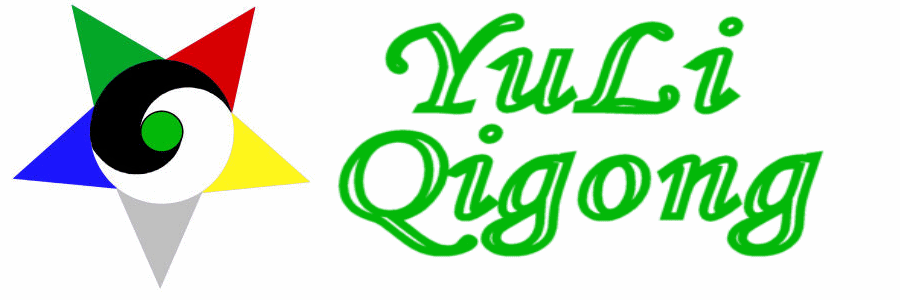The Microcosmic Orbit.
This is a classic Taoist Meditation method, with it's roots in India, for circulating and refining Qi via the circuit formed by the 'Governing Channel' from perineum up to head and the Conception Channel from head back down to perineum.
Practicing the Microcosmic Orbit is a key step that enables more advanced practices.

The Practice of the Microcosmic Orbit.
1. The first steps are to still the body, calm the mind, and regulate the breath. Sit, stand in Zhan Zhuang or lay on your back, in a quiet place, eyes closed lightly. If you are sitting, you should be upright, with your feet flat on the floor, sitting forward enough so your genitals are off the chair. Advanced practitioners can use many of the different Zhan Zhuang postures.
2. Focus your attention on your Dan Tien (just below your navel and above the Du Qi), and visualize a small ball of energy, a ball of golden or white light, bright and pure. Maintain the attention on the Dan Tien until you feel the energy of the ball. This could be heat, vibration, warmth or just a sensation of its presence.
3. Begin abdominal breathing. This breathing method starts when you inhale through your nose and your abdomen expands, not your chest. It is the way babies breathe. Exhale through your slightly opened mouth, keeping your tongue lightly touching your palate just behind your upper front teeth. When you exhale your abdominal muscles contract lightly to help expel air.
4. Inhale and visualize or imagine this small ball of Qi passing down from the Dan Tien, past the Hui Yin, up through the coccyx. Then visualize or imagine the Qi ball rising up to the Ming Men and then to where the ribs meet the spine, then going through this area and right on up to the back of the head, where it joins the neck.
5. Then visualize or imagine this Qi ball in the center of your brain, taking in healing energy through the Bai Hui point on the top of your head.
6. Next, focus your attention on the Yin Tang point between and just above the eyebrows and draw energy into the ball of Qi from this point as the ball passes and goes to the roof of your mouth. This may cause a tingling or throbbing sensation there. This ends your inhalation.
7. You may wish to stay and work with this Qi for a few minutes, before letting Qi sink down through the palate and tongue (which you still have lightly pressed onto your palate), into the throat to the heart (Shan Zhong point). Taking a breath or two while the Qi is in your mouth can help you focus on the ball. This is OK for beginners.
8. Exhale and send the Qi down to your heart (Shan Zhong Point). From the heart, draw it down through the middle Dan Tien at your solar plexus, past your navel, and down into the lower Dan Tien, where energy gathers, mixes, and is reserved for internal circulation. Then begin another cycle.
Once the Qi is circulating, your breath will naturally become fine. This means it is smooth, not ragged or irregular. You can do this meditation from one to dozens of times.
Qi circulation harmonizes and reforms, so that the vital fluids produced by daily life can produce true vitality.
If you have any physical problems or discomforts in a particular section of your body, while doing the orbit, hold the circulation and focus your Qi at the discomforting point and let it pulse there for a while. This will help heal and rejuvenate and improve the Qi flow.
This meditation may also cause the head to rock or the body to tremble, which, some believe, are signs of progress.
If you have high blood pressure and want to use this meditation as part of your treatment, reverse the flow of the orbit, so that your Qi goes up during the inhale and back and down on the exhale.
The Microcosmic Orbit is a good practice for all Qigong students, and can be used before other meditations. You can use a few orbits in both directions during the day, to reduce stress. You can also do this lying down before sleep. Don’t do this while driving or operating machinery!
If you have trouble visualizing or imagining the flow, you can think of a golf ball or ping-pong ball. You can even use one hand to trace the flow when you are sitting or standing.
